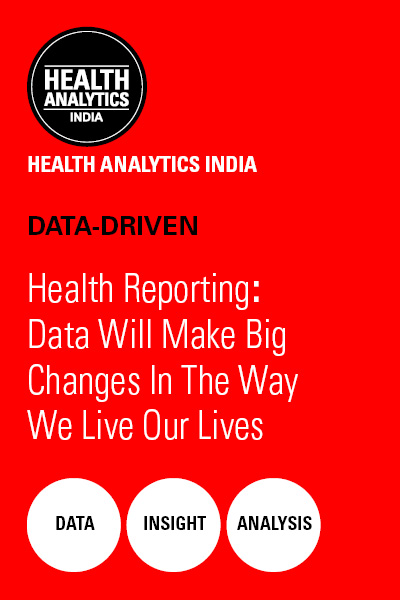Health Analytics India - An Initiative By dataLEADS

By Jisha Krishna
Posted on: September 30, 2016
Revolutionary. That’s the term often used to describe the impact of the oral contraceptive pill – simply called ‘the pill’ – on women’s health and wellbeing. Though it’s usually taken to prevent pregnancy, since its approval by the FDA in 1960, studies have shown that it can also be used to treat conditions like premenstrual syndrome (PMS), painful and heavy menstruation and endometriosis. From offering “a long-term protective effect on ovarian cancer risk” and “stopping the worst effects of influenza flu in women” to improving their vitamin D levels and protecting against sexually transmitted infections (STIs), recent research claims that the pill holds immense promise.
Yet, the number of Indian women using the pill has declined over the last decade. According to the National Family Health Survey (NFHS-4), 2015-16, 10 of the 18 states/union territories surveyed showed a decrease in the use of contraceptive pills. As compared to the data from NFHS-3, 2005-06, Sikkim reported a drop from 12.8 to 11.6 per cent, while for Goa the decline was from 1.5 to 0.3 per cent. Karnataka’s figure dipped from 0.8 to 0.4 per cent; Bihar from 1.3 to 0.8 per cent; and Manipur from 5.3 to 4.2 per cent. In Uttarakhand, the fall was from 4.2 to 3.2 per cent, while the corresponding figure for Madhya Pradesh was 1.7 to 1.3 per cent. Maharashtra and Tamil Nadu maintained status quo at 2.4 and 0.2 per cent, respectively.
Only four states showed an increase in the number of women using the pill: Bengal (from 11.7 to 20.0 per cent), Assam (from 10.3 to 22.0 per cent), Meghalaya (from 5.0 to 11.7 per cent) and Tripura (21.8 to 26.3 per cent). Puducherry and Telangana were part of the survey for the first time.
Of course, the figures don’t provide the complete picture. One, there is no data available yet for quite a few states - Delhi and Kerala, for instance. Second, the survey included only “currently married women age 15-49 years”. What about the unmarried ladies? There must be a significant number of single women, especially in urban India, who are on the pill (for medical or other reasons). Should we be missing out on that data?
While it’s commendable that the Ministry of Health and Family Welfare is making efforts to be more data-driven by providing district-level estimates for the first time with NFHS-4, there are still loopholes that need to be plugged. The declining birth rates may be good news vis-a-vis the challenge of population explosion, but before we celebrate shouldn’t we explore the reasons for the same? Is it solely because of increased awareness?
Look at the figures corresponding to male sterilization in the NFHS-4 and you’ll see how dismal they are across states/union territories (less than one per cent in most cases). The female sterilization numbers, on the other hand - even though there is a slight decline – is anywhere between 15 to 50 times more than the male sterilization data. The numbers are mixed for the intra-uterine contraceptive device/post-partum intra-uterine contraceptive device (IUD/PPIUD). While Karnataka and Maharashtra show a drop from 2.5 to 0.8 per cent and 3.0 to 1.6 per cent respectively, Haryana and Sikkim show an increase from 4.7 to 5.7 per cent and 3.0 to 6.3 per cent. The trend is similar for the use of condoms: While Bihar and Tamil Nadu recorded a drop from 2.3 to 1.0 per cent and 2.3 to 0.8 per cent respectively, Bengal and Uttarakhand registered a rise of 4.3 to 5.9 per cent and 15.7 to 16.1 per cent respectively.
At Family Planning 2020 – a global partnership that supports the rights of women and girls to decide for themselves when and how many children they want to have – India had committed to reaching 48 million new users, in addition to the existing 100 million users of family planning services. What we need today is a study that looks at how Indian women choose their contraceptive. Is it merely a question of accessibility, cost, or, perhaps, the fear of side effects? Do women in most Indian households today have a say in the matter?
We need to start finding the answers.

.jpg)